Bouchercon 2013 Debrief
/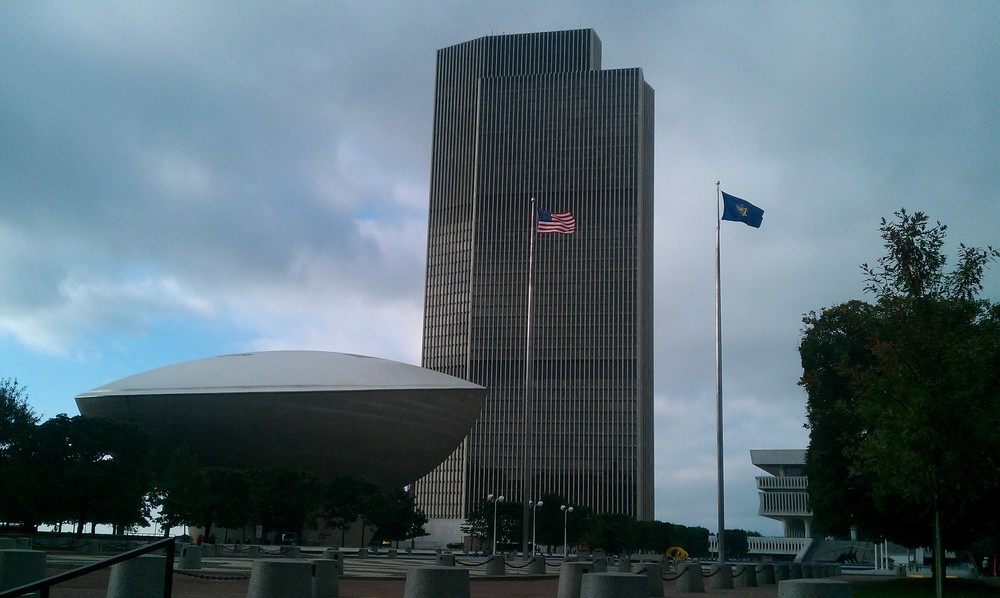
I’m just back from Albany, NY following the close of Bouchercon 2013. It was a great experience and I met some wonderful new readers, booksellers, and fellow authors.
Bouchercon is always a huge conference and this year was no exception. Attendance this year was approximately 1500, so our venue at the Empire State Plaza worked well for meeting rooms, theater seating for evening events, and signing tables, while still having plenty of room for all the booksellers and their loaded tables of books. This year’s noted guests included Sue Grafton, Tess Gerritsen, Louise Penny and Anne Perry.
So what were some of my highlights?
- The general atmosphere: It’s always fun to be immersed in the writing/publishing milieu. These are people who don’t stare at you oddly when you mention your own characters talking to you, or who nod in understanding when you talk about some of the crazy things you’ve done in the name of research. These are people who “get you” and think in exactly the same terms, be they writers or readers.
- Meeting readers: One of the great thrills of Bouchercon for me was meeting new readers. Not people I know who read the book because they know me, but readers who found the book in a store, or who discovered it in a library and then loved it so much they went out and bought their own copy (Kathy, I’m looking at you!). It’s very gratifying to develop a personal connection with people who love what you do.
- Meeting good friends for the first time in person: I’ve made some very good friends through my agency—other writers who either also signed with Nicole or have come into the agency family. It was a true pleasure to be able to spend five days hanging out with the hilarious Marianne Harden, another of Nic’s early clients, as she attended Bouchercon promoting her humorous mystery Malicious Mischief (which debuts Oct. 22nd). There’s always time for a glass of wine in the evening with Marianne!
- Hearing words of wisdom from the professionals: Evening events included hour-long interviews with Sue Grafton, Tess Gerritsen and Anne Perry. It was fascinating to hear how their careers have developed and an outline of their future plans. All three ladies were very gracious, well-spoken and humorous.
- Favourite panel: I’ve been a Louise Penny fan for a long time (no, not just because she’s also Canadian!). The Beautiful Mystery is a personal favourite of mine, partly because of the musical aspect of the book. Louise did a panel with long-time friends and authors Rhys Bowen and Deborah Crombie. Instead of the typical panel with authors behind a table, these three friends brought their chairs out front and invited us into their impromptu ‘living room’. They were funny and gracious, and this definitely stands as my favourite panel of the con.
- Being on my first panel: I sat on the forensics panel on opening day. The lovely Elizabeth Haynes moderated myself, Elly Griffiths, Kendra Elliot and Sarah Shaber. It was a standing room only crowd, and we had a lively and interesting discussion with lots of very positive feedback afterward. It was a personal pleasure to share that hour with four very talented authors and genuinely lovely women.
It was a great experience to attend my first Bouchercon, and I look forward to many more. Look out Long Beach, CA in 2014. Here I come!









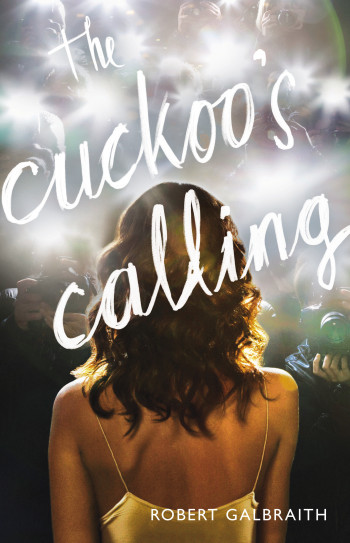





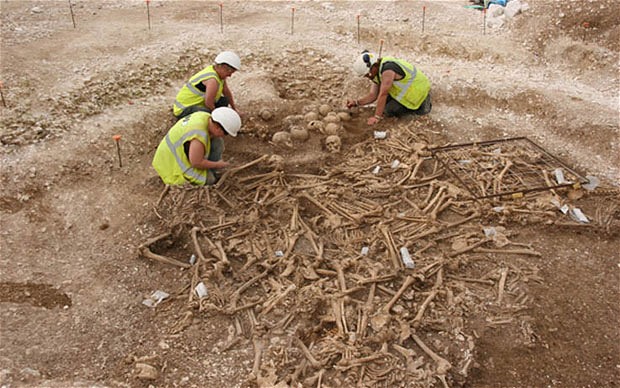


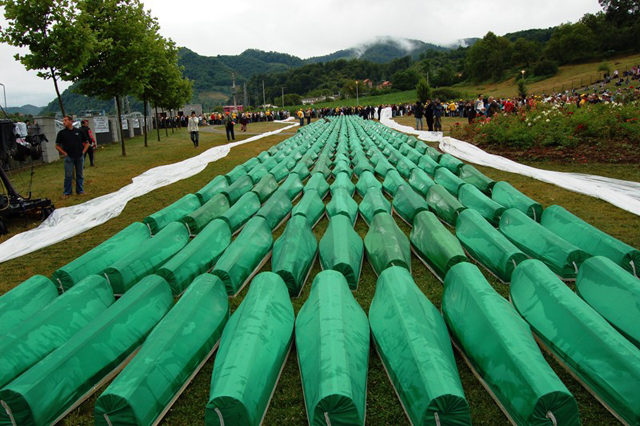


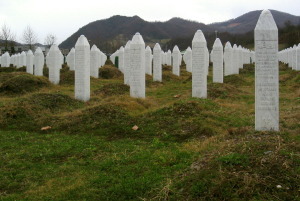
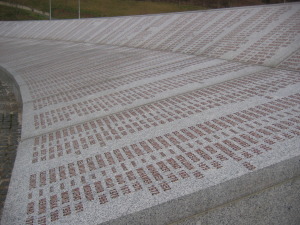



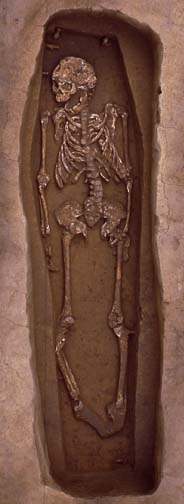
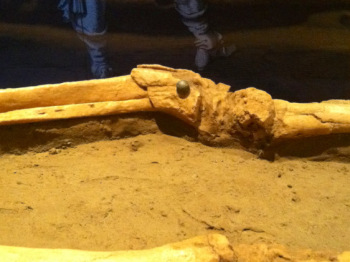

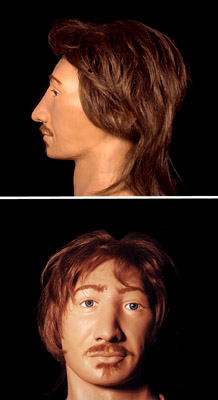
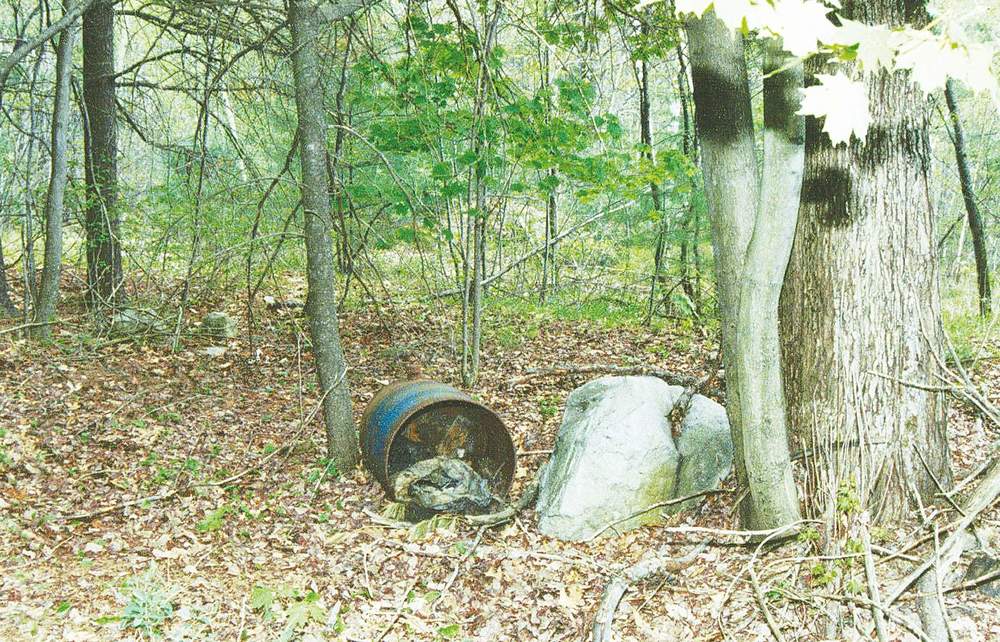
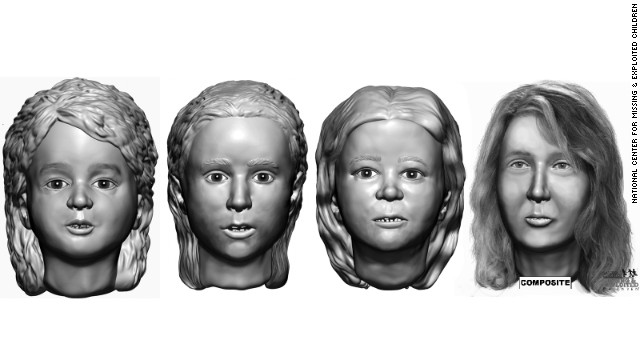
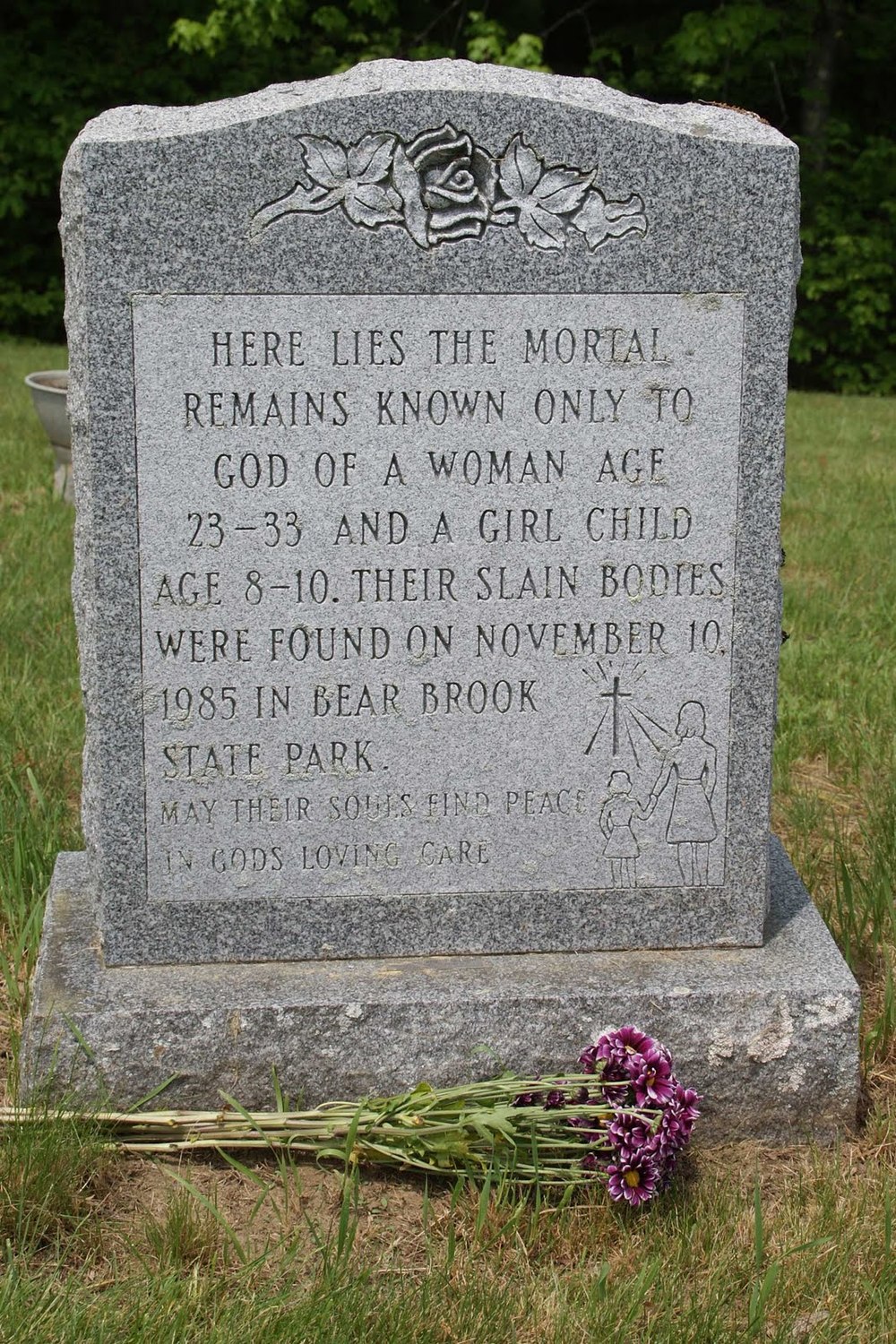


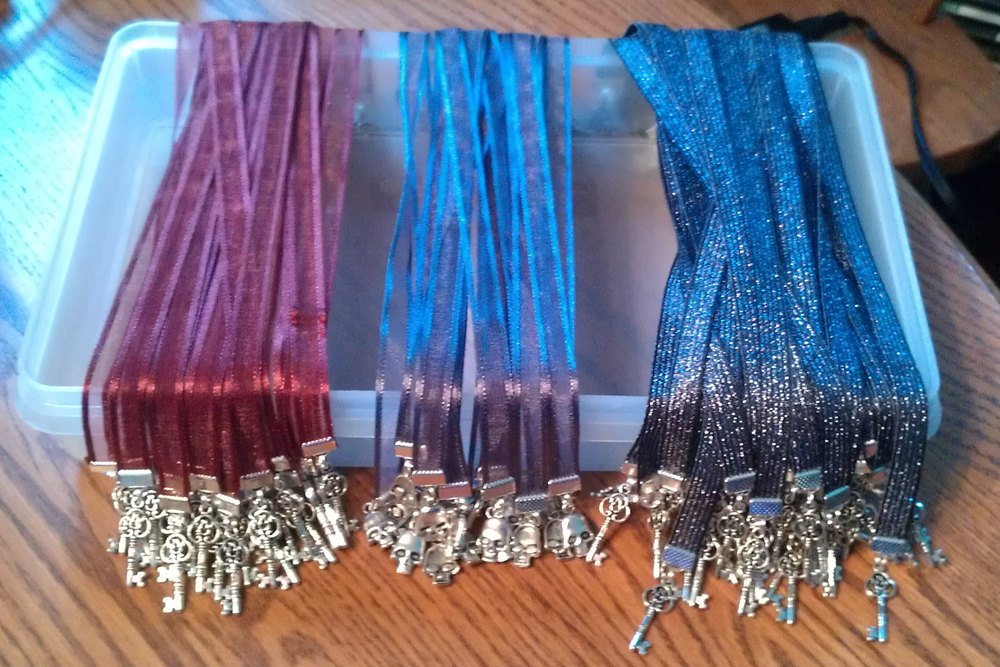




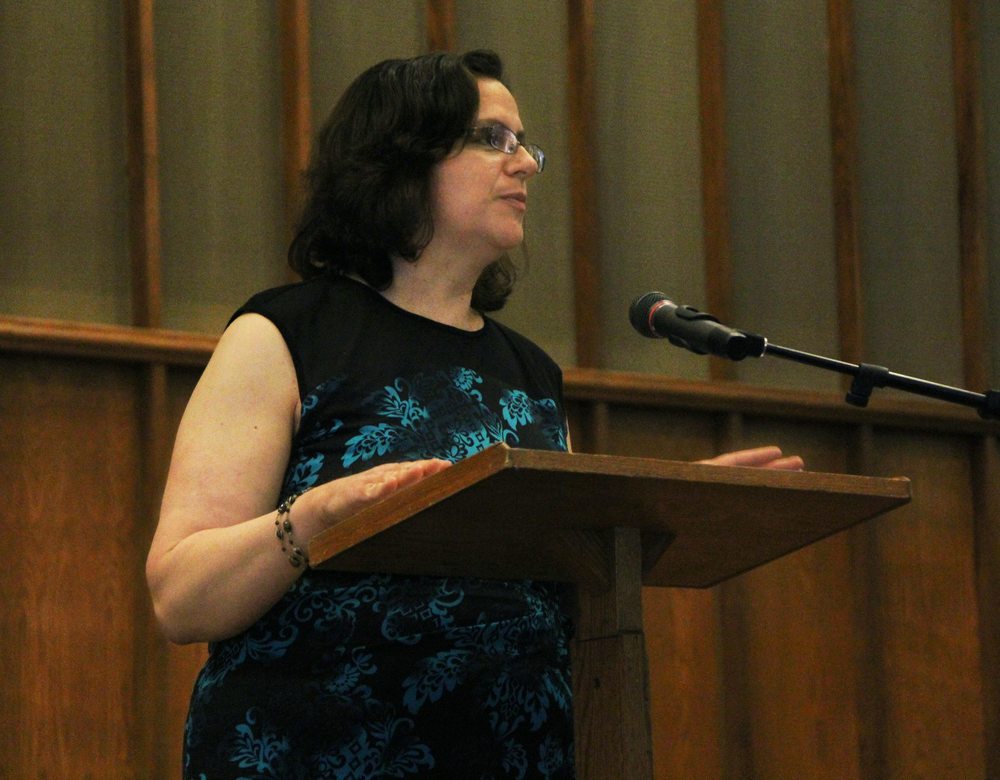



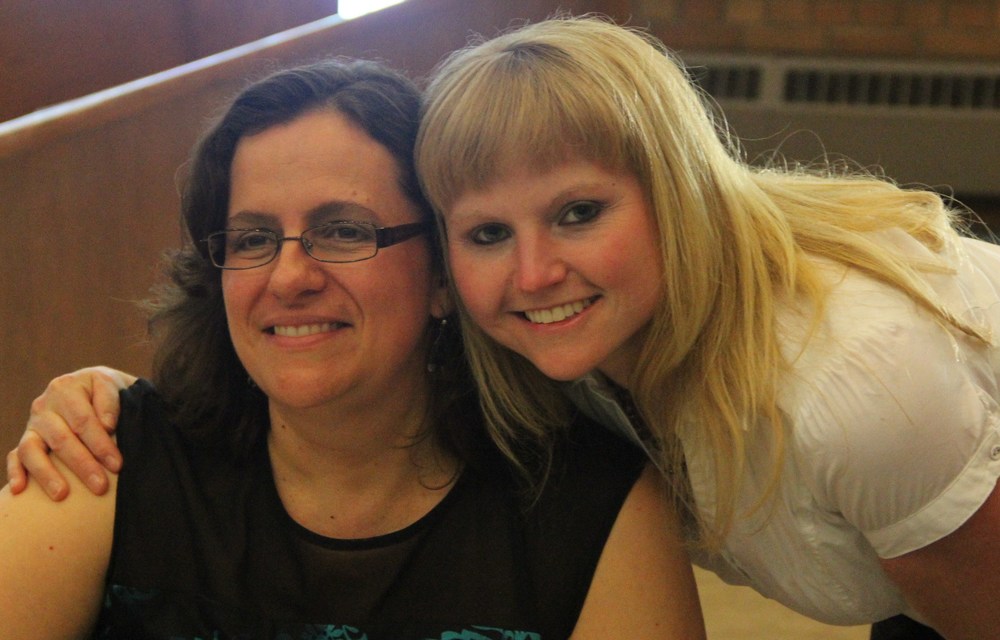








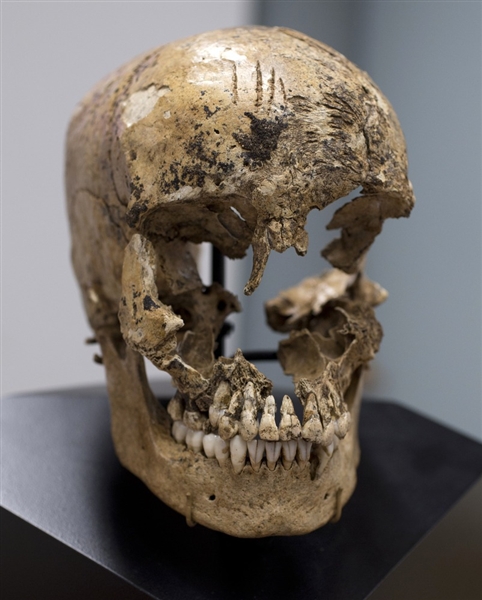

 0.7%
0.7%